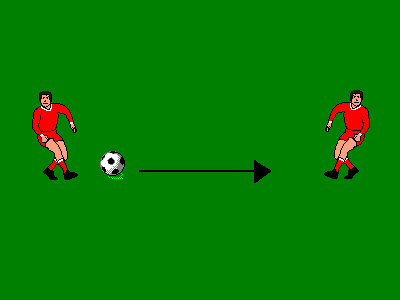

Turnover rates and organizational performance: A meta-analysis. The main issue studied is the relationship between employee turnover and firm performance and the negative effects of high turnover is well-documented 4 4. One hundred years of employee turnover theory and research. Causes and consequences of collective turnover: A meta-analytic review. and has been widely explored in the management and applied psychology research 2 2. This process of the outflow and inflow of people from an organization is called turnover 1 1. Great attention is given to the process of selecting and dismissing athletes when aiming to improve the sport and/or financial performance. The process of composing a team is a challenge for both sport managers, coaches, and team staffing. Although the relationship between player turnover and team performance is well established by sports fans, it is necessary to investigate this hypothesis scientifically. Therefore, the choice for maintaining or changing a player throughout the seasons may be based on his or her previous performance and the supposed relationship between player turnover and team performance. This process may be guided by the previous summoning and by the conventional wisdom saying “don’t change a winning team”. On that specific moment, the coaching side of each sports fan emerges, and each individual selects 22 players aiming at maximizing the national team performance. On the eve of the World Cups, sports fans are often eager to meet the summoned players that will compose the national team and represent their country. Team sports sports coaching performance analysis human resources management When successful teams decrease their turnover rate, sports performance seems to be maintained. The present study found that lower rates of player turnover may be beneficial for team performance in the FIFA Women’s World Cup. We could not find any influence of higher turnover rates on team performance (χ²=0.535, p-value=0.464). Furthermore, teams that were classified for the quarterfinals decreased player turnover in the next season (p-value=0.0408, ES=0.89), maintaining a good performance (χ²=4.114, p-value=0.042). Medalist teams showed lower player turnover (48%) compared to the non-medalist teams (57%) (p-value=0.0305 ES=0.69). An average rate of 53% of player turnover per team was found by edition, which represents, approximately, 13 substituted athletes.

The results showed that most players participated only in one season of the championship. The performance was measured by the final classification of the teams. Player turnover was measured by the percentage of players that were on a team in one season and were not on the roster on the following edition. The names of the players were retrieved from the official FIFA website.
#Turnover football meaning full#
The full name of the players was used to analyze which athlete was maintained or substituted from a season to another. We analyzed the seven national teams that participated in all of the seasons of the women’s World Cup: Brazil, Germany, Japan, Nigeria, Norway, Sweden, and the USA. The specific aims of this study were to characterize player turnover on FIFA Women’s World Cup (1991-2015), and to explore the relationship between the turnover rate and team performance.


 0 kommentar(er)
0 kommentar(er)
